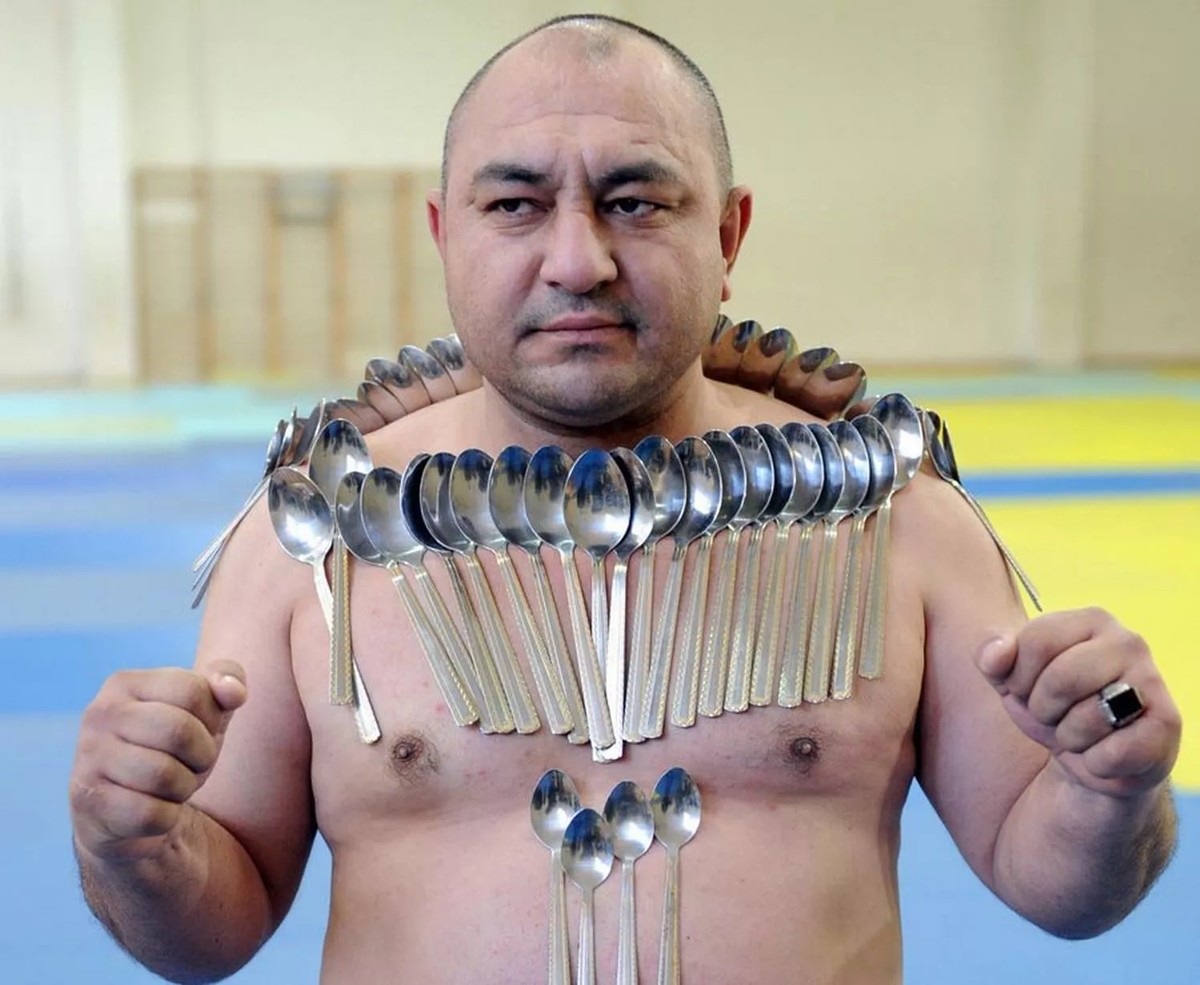The Magnetic Boy of Omsk: A seven-year-old who attracted spoons, forks, and a frying pan to his chest and back
A seven-year-old boy from Omsk astonished doctors and journalists when spoons, forks, and even a frying pan weighing up to a kilogram clung to his chest and back. His relatives dubbed him 'the magnetic boy.' In the 1990s, these stories were common on television and in newspapers — a display that blended fascination with fear and curiosity. Is this a superpower, or a phenomenon physics and medicine can explain? Let’s explore what lies behind the headlines.

In This Article:
A global pattern: Russia, Kazakhstan, Serbia, Malaysia — and even a Guinness record
The ‘magnetic people’ phenomenon has a long history. News from Russia, Kazakhstan, Serbia, and Malaysia recounts children who can hold dozens of utensils to their bodies, and adults who can lift heavy iron plates. The Guinness World Records lists a Georgian kickboxer, Etibar Elchiev, who held 53 spoons at once. On the surface, it might sound like an internal magnet is at work, but common science tells a different story: no ordinary magnetism is involved. Skeptics have tested numerous so‑called magnetic people, and no consistent magnetic field has ever been found.

No magnets in the body: tiny brain fields and the physics of touch
Humans do have magnetic fields, but they are incredibly weak. The brain emits a magnetic field that is about 10^-13 tesla — hundreds of millions of times weaker than Earth’s field. Scientists could not ignore the phenomenon, and work in Malaysia examined a famous case. They found that the so‑called ‘magnetic man’ did not magnetize objects; instead, he had unusually smooth and sticky skin that allowed him to hold a variety of items by contact. Specifically, there was no detectable magnetic field around him. The takeaway: the effect is not magnetism but surface interactions and friction between skin and objects.

Three physics-based factors that make adhesion possible
Researchers identify three main contributors to these effects: - Lipstick-like adhesion: skin is smooth and moist, acting like glue. When skin and object meet, molecules interact through Van der Waals forces, hydrogen bonds, and dipole-dipole interactions. Higher surface energy and larger contact area yield stronger adhesion. - Skin oil (sebum): sebum fills tiny surface crevices, enhancing sticking. Dry, clean skin is less able to hold objects. - Body tilt: a slight lean backward reduces gravity’s pull on the object. Experiments highlight the science behind the magic: a trick of the trade, not a hidden magnet. A showman once dusted a child with talcum powder and the spoons stopped sticking; another time a thin sheet of paper was placed between body and object, and the effect disappeared. For most children this is a curious peculiarity, but persistent moisture or sweating can signal health issues such as hyperhidrosis, hormonal imbalances, vitamin D deficiency, thyroid disease, diabetes, infections, or genetic conditions like cystic fibrosis.

Health, risk, and wonder: when to seek medical advice
The sticking itself is usually safe, but it can pose risks of mechanical injury, especially if a heavy object sticks to the body. Experts remind us to look for signs beyond the curiosity. Hyperhidrosis (excessive sweating) can be linked to hormonal disorders, vitamin D deficiency, thyroid disease, and diabetes. Infections or genetic conditions such as cystic fibrosis may accompany sticky skin. If adhesion persists or is accompanied by other symptoms, or if a heavy item tends to cling, consult a medical professional. The aim is to respect the mystery while understanding the biology—and to keep people safe as we marvel at the strange and wonderful quirks of the human body.

